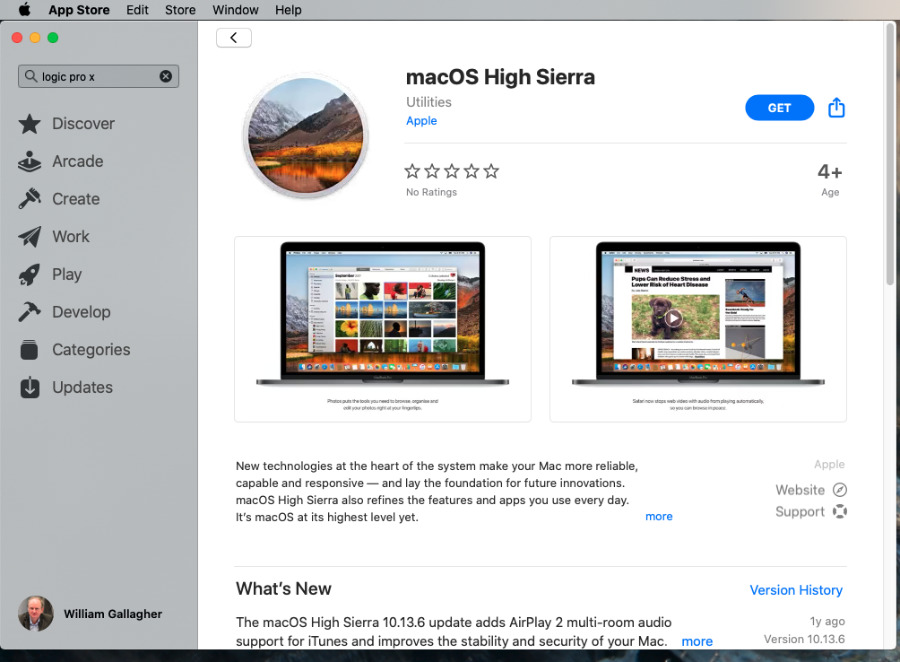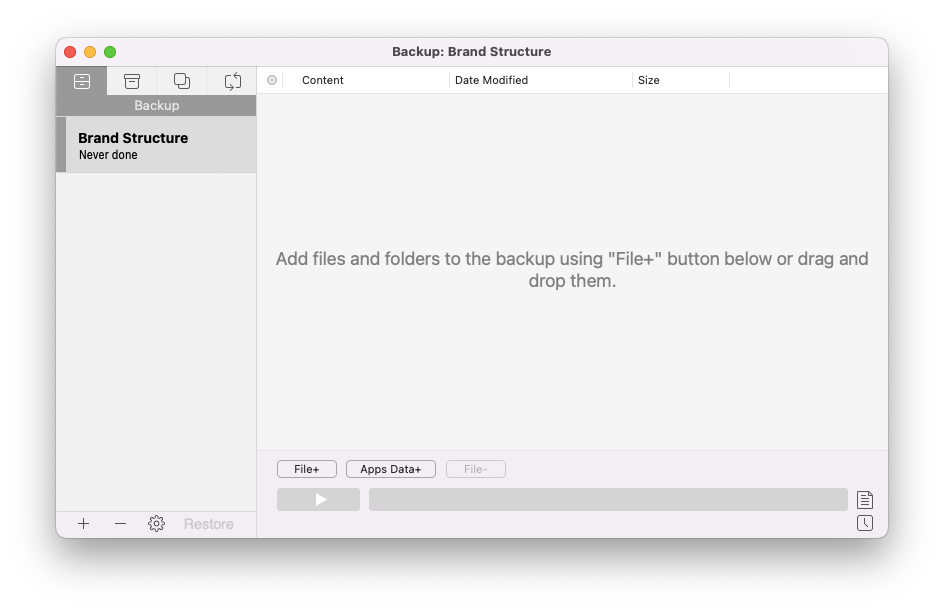If the mac has no operating system on it you can use another mac that you know can run El Capitan to download
the El Capitan installer Disk image.
Click on the link below.
10 thoughts on “ How to overcome OS X 10.11 El Capitan not installing ” hydrovacing October 2, 2015 at 7:30 am. Anyone know know another way to download EL Captain. I have had on of my Mac’s trying to download it since it came out. It is now at this moment at 4.81 GB.
- I can download El Capitan, but when I open the installation program it says that I need to have Mac OS 10.11 or newer to complete the installation, even though Apple's Support page says that it works with MacBook Pro models as old as from 2007. Has anyone got a clue of what the problem can be?
- Once you’ve done that, here’s how to install, reinstall, or upgrade to El Capitan, step by step: Boot from your Recovery HD partition by restarting your Mac while holding down the Command+R keys. The OS X Utilities window appears. Select Reinstall OS X, and click Continue. The OS X El Capitan splash screen appears.
- May 12, 2021 You can't install OS X El Capitan unless your Mac has a free space of 8.8 GB. However, that's the space you need to install El Capitan on your Mac. You might have to free more space to run your Mac more smoothly because low space slows down system performance.
Go to Download OS and click on OS X El Capitan 10.11
this downloads InstallMacOSX.dmg to your Downloads folder.

The next section can only be done on a mac that is capable of running El Capitan.

This includes macs that have the potential to run El Capitan but have been upgraded to a newer OS.
A mac that came preinstalled with an OS later than El Capitan will refuse to do the next bit.
When downloaded open to InstallMacOSX.pkg, double-click on
that and an installation window will open, this does not install El Capitan
but converts the InstallMacOSX.pkg to the Install OS X El Capitan.app which
you will find in your Applications folder, it should be 6.2GBs in size.
(If the installation window asks which disk you want to install to, you must pick
the disk that you are booted to at the time. Not any internal or external disk that
you want to eventually install El Capitan on, that is for later.)
Create a bootable USB installer disk using the Install OS X El Capitan.app in the Applications
folder and the createinstallmedia command in the Terminal app.
Read the instructions here,
If you do not have access to another mac that can run El Capitan then do you have a copy
of the Mac OS X Snow Leopard DVD install disk.
Install Snow Leopard from the DVD, update it to version 10.6.8.
When you have updated SL to 10.6.8 open the App Store Updates page
and install any other outstanding updates.
After doing that you can then go back to the top of this reply and sort downloading El Capitan.
Aug 1, 2021 1:40 PM
Start up from macOS Recovery
Determine whether you're using a Mac with Apple silicon, then follow the appropriate steps:
Apple silicon
Turn on your Mac and continue to press and hold the power button until you see the startup options window. Click the gear icon labeled Options, then click Continue.
Intel processor
Make sure that your Mac has a connection to the internet. Then turn on your Mac and immediately press and hold Command (⌘)-R until you see an Apple logo or other image.
If you're asked to select a user you know the password for, select the user, click Next, then enter their administrator password.
Reinstall macOS
Select Reinstall macOS from the utilities window in macOS Recovery, then click Continue and follow the onscreen instructions.
Follow these guidelines during installation:
Installing El Capitan On Older Mac Desktop
- If the installer asks to unlock your disk, enter the password you use to log in to your Mac.
- If the installer doesn't see your disk, or it says that it can't install on your computer or volume, you might need to erase your disk first.
- If the installer offers you the choice between installing on Macintosh HD or Macintosh HD - Data, choose Macintosh HD.
- Allow installation to complete without putting your Mac to sleep or closing its lid. Your Mac might restart and show a progress bar several times, and the screen might be empty for minutes at a time.
After installation is complete, your Mac might restart to a setup assistant. If you're selling, trading in, or giving away your Mac, press Command-Q to quit the assistant without completing setup. Then click Shut Down. When the new owner starts up the Mac, they can use their own information to complete setup.
Other macOS installation options
El Capitan On Unsupported Mac
When you install macOS from Recovery, you get the current version of the most recently installed macOS, with some exceptions:
- On an Intel-based Mac: If you use Shift-Option-Command-R during startup, you're offered the macOS that came with your Mac, or the closest version still available. If you use Option-Command-R during startup, in most cases you're offered the latest macOS that is compatible with your Mac. Otherwise you're offered the macOS that came with your Mac, or the closest version still available.
- If the Mac logic board was just replaced, you may be offered only the latest macOS that is compatible with your Mac. If you just erased your entire startup disk, you may be offered only the macOS that came with your Mac, or the closest version still available.
You can also use these methods to install macOS, if the macOS is compatible with your Mac:
How To Install El Capitan
- Use the App Store to download and install the latest macOS.
- Use the App Store or a web browser to download and install an earlier macOS.
- Use a USB flash drive or other secondary volume to create a bootable installer.